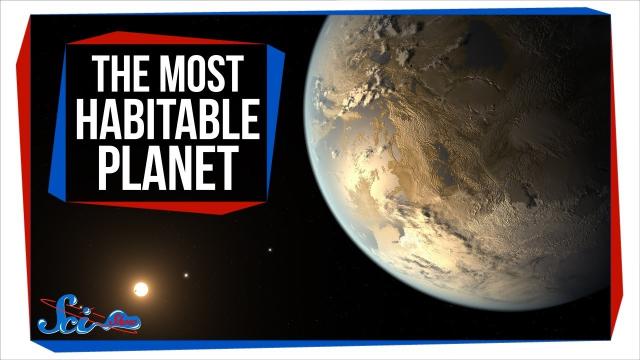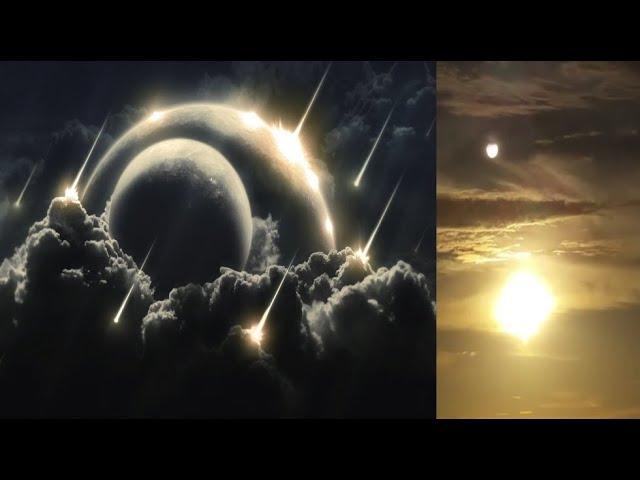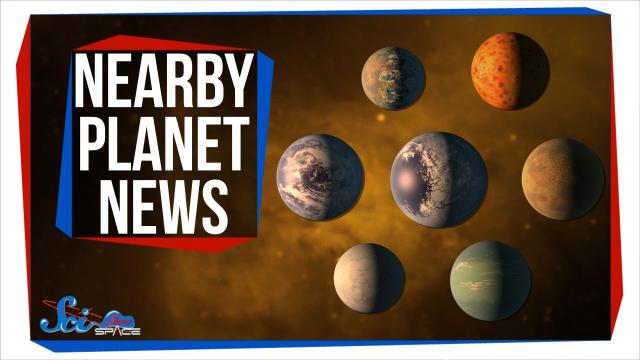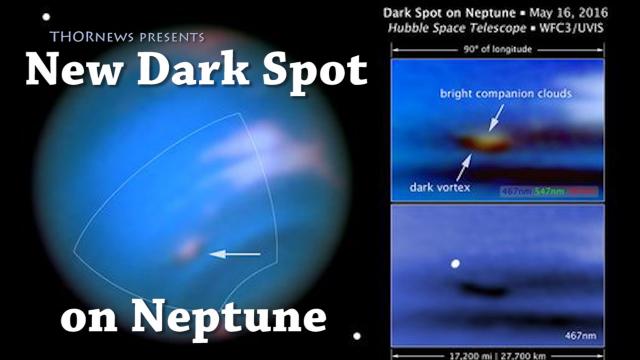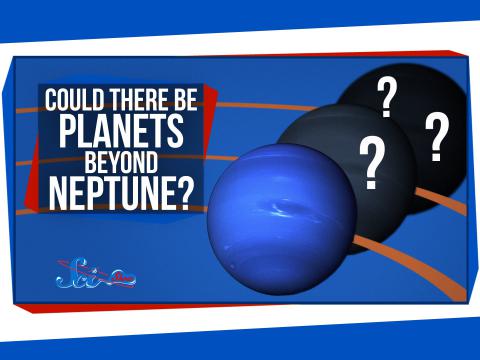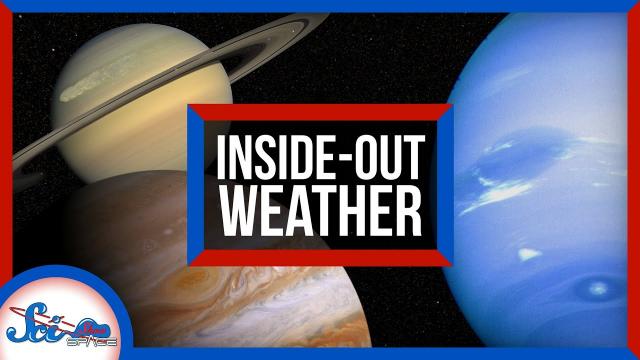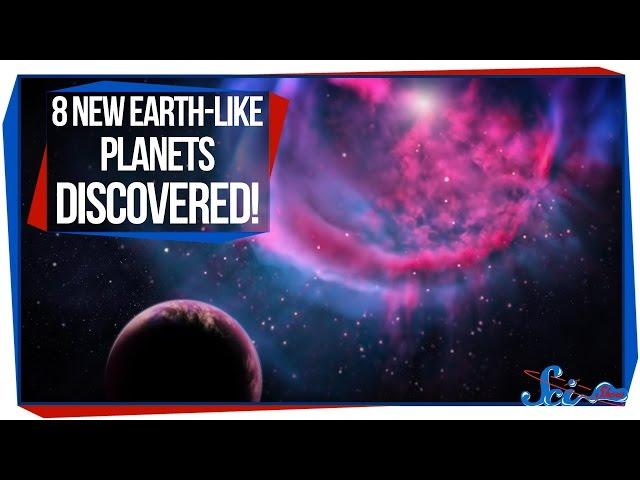Are Earth like planets hiding inside Neptune like planets? maybe*.
Description
When the firmament breaks, the flood would be incredible.
i guess we might never know tho.
God bless everyone,
T LEWISON
5430 BIRDWOOD RD. #416
HOUSTON TEXAS 77096
https://www.paypal.me/THORnews
https://venmo.com/TEric-Lewison
$THORnews on CashApp
https://www.patreon.com/thornews
the article
A new Class of Exoplanets can Shrink, From Subneptunes Into Superearths
Mighty planets can be whittled down, leaving behind only their rocky cores, becoming nothing bigger than superearths. While astronomers had long suspected that this could happen, a new study reveals that it can occur in as little as a billion years.
The largest planets in the solar system – and, indeed, the galaxy – are mostly gas and ices: hydrogen, helium, water, ammonia, and so on. They likely do have rocky cores, though, buried deep under all those suffocating layers.
And those layers can persist essentially forever, unless something blows them away.
Astronomers had long thought that if a giant planet (say, something in the “subneptune” class of almost-Neptune-sized worlds) were subjected to enough radiation from its parent star, eventually it would lose its atmosphere, leaving behind only its rocky core (in this case, a so-called superearth). But they didn’t know how long this process could take – it could be that within the entire history of the universe, there simply hasn’t been enough time for this process to play out.
But combining two surveys gives a potential answer. The first survey is the Kepler mission, which found thousands of exoplanets orbiting other worlds, including subneptunes and superearths.
The second survey is the Gaia mission, which mapped those same stars (and many, many more), providing precise measurements of stellar properties, which can be used to estimate their ages.
The result is a new study appearing The Astronomical Journal. Of the subset of stars that host large planets close to them (where the average amount of starlight can be up to 150 times what the Earth gets), older stars tend to host smaller worlds. The younger the star, on average, the more likely it is to have a larger subneptune. The older the star, on the other hand, the more likely it is to have a smaller superearth.
“While astronomers have long predicted that planets should shrink in size as they age, we did not know whether this can occur over timescales of billions of years. We do now,” says University of Hawai’i astronomy graduate student Travis Berger, who led the study. “The fact that we see planet sizes change on billion-year timescales suggests that there is an evolutionary pathway, where highly-illuminated sub-Neptune-sized planets transition to becoming super-Earth-sized planets.”

